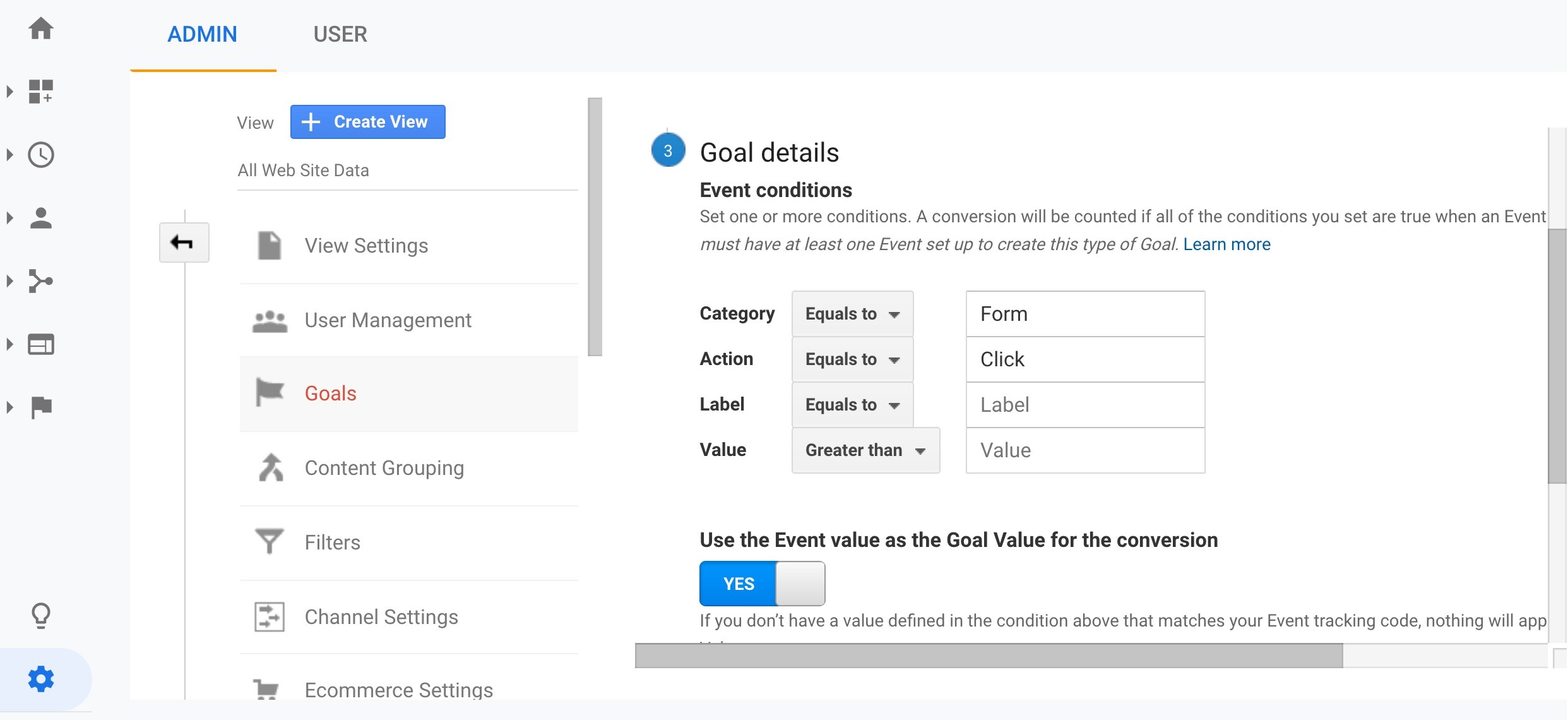Introducing the Blind Attractions: Recognizing What Google Analytics Goals Can not Gauge
In the world of electronic analytics, Google Analytics stands as an effective device for monitoring and examining on the internet individual interactions. Amidst its robust abilities, there exist blind places that frequently escape dimension. what data is google analytics goals unable to track. Understanding what Google Analytics objectives can not determine is essential for getting an extensive sight of user behavior and interaction. As we look into the ins and outs of these blind places, we uncover a complicated internet of uncharted areas that hold valuable understandings right into user actions and motivations, difficult traditional wisdom and losing light on the constraints of our data-driven understanding.
User Habits on External Platforms
Comprehending exactly how customers communicate on external platforms is crucial for enhancing on-line methods. External systems, such as social networks networks, reference web sites, and online discussion forums, play a considerable role in driving web traffic to a company's website. By assessing individual actions on these platforms, businesses can get valuable understandings right into the effectiveness of their advertising initiatives and the choices of their target audience.
One secret element of customer behavior on external platforms is the reference resource. By tracking where the users are coming from, businesses can determine which systems are driving the most traffic to their web site. This details can aid companies assign their resources extra effectively, focusing on the systems that generate the ideal results.

Offline Conversions and Interactions
Evaluating customer habits on external systems provides beneficial insights right into on the internet strategies; nonetheless, thinking about offline conversions and communications is similarly crucial for an extensive understanding of a firm's general performance. Offline conversions, such as in-store acquisitions or phone questions, play a substantial function in many services' success.

Attribution Beyond Last Click
When delving right into the world of digital advertising analytics, it comes to be important to look beyond the solitary touchpoint of the last click for an extra comprehensive understanding of acknowledgment. While Google Analytics gives beneficial insights into user behavior, relying entirely on last-click attribution can be limiting - what data is google analytics goals unable to track. Attribution models that try this exceed the last click provide a much more nuanced view of the client journey, considering all the touchpoints that cause a conversion
Acknowledgment past the last click enables online marketers to assign credit score to numerous interactions along the conversion course, giving a more clear image of the efficiency of various marketing channels. By checking out multi-touch acknowledgment designs more such as straight, time decay, or position-based acknowledgment, services can better allocate their advertising budget plans and maximize their approaches for optimal influence.
Understanding the influence of each touchpoint in the conversion procedure is crucial for making educated decisions and making best use of ROI. By accepting acknowledgment beyond the last click, businesses can obtain deeper understandings into consumer behavior and tailor their advertising and marketing initiatives better.
Cross-Device and Cross-Browser Monitoring

Likewise, cross-browser tracking matches cross-device monitoring by capturing user behavior as they change between different web internet browsers. Recognizing just how users communicate with sites on different web browsers can assist online marketers enhance their on the internet experiences to make sure uniformity and capability throughout various platforms.
Qualitative Data and Individual Intent
Comprehending user intent via qualitative information evaluation is essential for developing targeted digital marketing techniques that resonate with the needs and preferences of the target market. Qualitative information supplies insights into the 'why' behind customer activities, clarifying inspirations, feelings, and preferences that quantitative data alone can not record. By assessing individual comments, comments, and interactions, online marketers can discover beneficial details regarding customer intent, permitting them to customize their messaging, content, and offerings to better line up with what their audience is looking for.
Qualitative information likewise helps in recognizing the context in which users involve with an internet site or app. This contextual understanding enables marketers to develop more customized and pertinent experiences, inevitably driving higher involvement and conversion rates. By diving into customer intent with qualitative information analysis, organizations can get a much deeper understanding of their target audience, leading to a lot more effective advertising and marketing techniques that fulfill individuals' needs and assumptions.
Verdict
Finally, Google Analytics goals have constraints in determining customer habits on external systems, offline conversions, attribution past last click, cross-browser and cross-device monitoring, and qualitative data connected to individual intent. what data is google analytics goals unable to Source track. It is very important for businesses to be knowledgeable about these blind spots in order to supplement their data analysis with various other devices and methods to get an extra comprehensive understanding of their audience and enhance their total digital advertising approaches
By evaluating individual habits on these systems, companies can get beneficial understandings into the efficiency of their marketing efforts and the choices of their target audience.
Assessing individual behavior on outside platforms offers useful insights into on the internet strategies; nevertheless, thinking about offline conversions and communications is just as critical for a thorough understanding of a business's total performance.In digital advertising analytics, relocating beyond last-click acknowledgment to check out cross-device and cross-browser tracking is vital for obtaining a holistic understanding of customer communications throughout numerous systems and tools. By evaluating individual comments, comments, and interactions, marketers can uncover valuable info about customer intent, allowing them to tailor their messaging, material, and offerings to much better line up with what their audience is looking for.
By diving right into customer intent through qualitative information evaluation, services can gain a deeper understanding of their target audience, leading to much more efficient advertising techniques that meet individuals' expectations and needs.